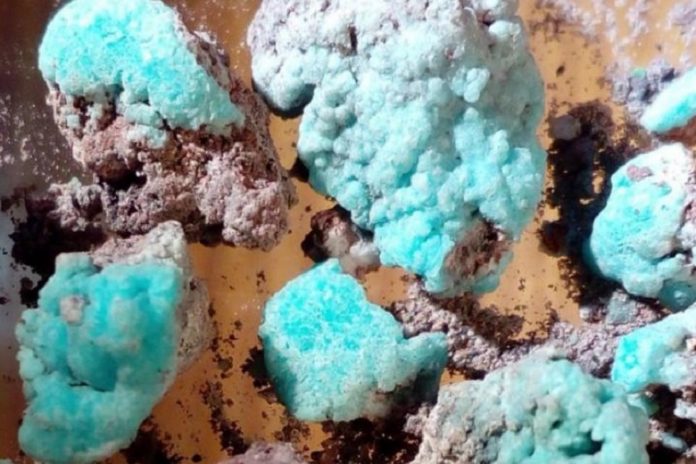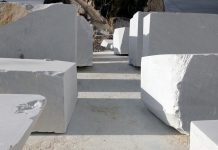The new mineral was found in Russian territory, specifically in the volcanic peninsula of Kamchatka, in the Asian part of Russia.
Russian scientists working on the Kamchatka peninsula, a volcanic region of Russia, found on the ground a new mineral. This new component never registered before was identified as petrovite. And they also manifested their useful potential in the ionic conductivity.
Russian researchers belong to the Saint Petersburg University. This region of the Kamchatka peninsula It is located in the Far East of Russia, in the Asian part. This area is known for its volcanic activity in its soils. So scientists working there have found dozens of new minerals, Slash Gear reported.
The researchers made their finding while studying the mineralogy of slag cones and lava flows. Specifically in the fumaroles of Kamchatka. They record in their report that the objects in which the petrovite mineral is present occurred after two large Tolbachik volcano. One occurred from 1975 to 1976 and the other from 2012 to 2013.
The appearance of the new mineral and its possible functions
First of all, the appearance of the petrovite, the new mineral, has a light blue color. It has globular aggregates and crystals that present gaseous inclusions.
Oleg Siidra, part of the team from the University of Saint Petersburg expresses in more detail the elements present in the new mineral. «It consists of atoms of oxygen, sodium sulfur and copper, forming a porous structure», he said. And he also adds that the «copper atom in the crystal structure of petrovite has a very rare coordination of seven oxygen atoms».
Then they noticed its potential in terms of ionic conductivity. Component that places it among the options to be used in sodium ion batteries. The crystal structure will be key to determining its usefulness. The scientists took samples to a laboratory. The idea is to synthesize it and then draw conclusions.
Source: www.explica.co








































